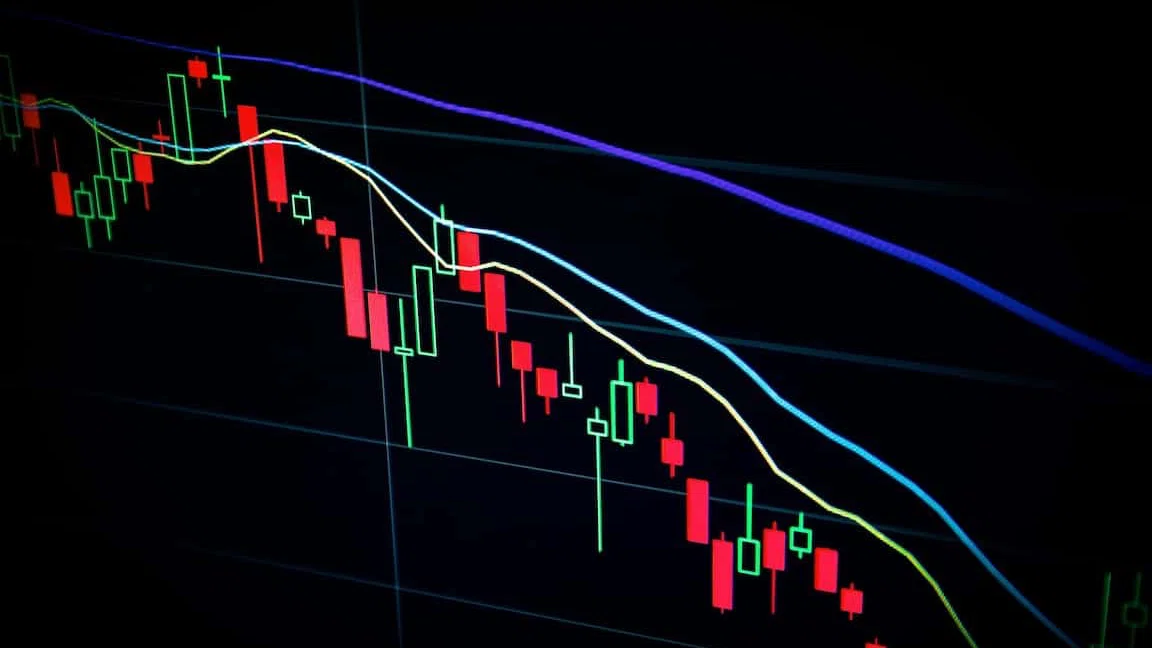What is payment for order flow?
Payment for order flow (PFOF) is the compensation and benefit a brokerage firm receives for directing orders to different parties for trade execution. The brokerage firm receives a small payment, usually fractions of a penny per share, as compensation for directing the order to a particular market maker. An example of such a transaction can be viewed with market makers like Citadel Securities executing trades for customers of brokerages like Robinhood.
This is especially apparent with options trades, where each optionable stock could have thousands of possible contracts in existence. Payment for order flow is ubiquitous for options transactions and averages less than $0.50 per contract traded.
The market maker makes a small profit on individual trades that add up to more significant revenue streams, en masse, while the brokerage earns a fee for sending the trade its way. Given the complexity of executing orders on thousands of stocks that can be traded on multiple exchanges, the market maker practice has grown tremendously, however, this could soon come to an abrupt end.
This type of transaction has been criticized by government agencies such as the SEC, and many others, for creating unfair or opportunistic conditions at the expense of retail traders and investors. This has caused headaches and negative media attention for leading brokerage firms, especially Robinhood, as this revenue stream allowed Robinhood and other firms to offer “zero-commission” trades with minimal or no fees.
In 2020, payment for order flow revenue for the top four brokerage firms: TD Ameritrade, Robinhood, E*trade, and Charles Schwab, nearly tripled, jumping from $892 million to nearly $2.5 billion, according to Data from Alphacution.
Why hasn’t the SEC banned payment for order flow?
With the displeasure from the SEC quite apparent over the legal gray area of payment for order flow, the question still remains to be asked; why hasn’t the SEC permanently banned the practice? At a minimum, regulators like the SEC and the Financial Industry Regulatory Authority have tools to limit payment for order flow; however, the question of whether the SEC can ban the practice altogether is still up for debate.
Nick Morgan, a former SEC enforcement lawyer, says there’s a reason why the SEC, which already requires brokers to disclose payment for order flow arrangements in addition to obtaining best execution for customer orders, has not banned payment for order flow in the many decades the practice has existed.
"The anti-fraud and disclosure statutes that form the basis of the SEC’s authority don’t support it," Morgan said. "Prohibiting a fully informed customer, who is assured of best execution, from electing to execute free trades through a broker who receives payment for order flow would also go against the surge in democratizing access to securities markets."
One specific regulation that the SEC could use to at least argue for a ban is Regulation Best Interest. Under the rule, broker-dealers like Robinhood (HOOD) and those with similar services must provide the best trade execution for their customer orders.
“There's the question as to whether this payment for order flow practice creates conflicts of interest in meeting the duty of ‘best execution,’' University of Notre Dame associate law school professor Patrick Corrigan explained. Representations or omissions about payment for order flow could potentially violate the rule. However, the argument isn't a perfect fit for supporting a ban because it applies only when broker-dealers provide personalized investment advice about securities to retail customers.
"Critically, the SEC couldn't just ban payment for order flow outright under that authority," Corrigan said unless perhaps it could characterize the platforms as those making investment recommendations.
According to Gary Gensler, 33rd chair of the U.S. Securities and Exchange Commission, payment for order flow presents conflicts of interest between brokerage apps and consumers.
“We knew before January that there were inherent conflicts when a brokerage app is maximizing potentially for their revenues, rather than the welfare of their users on the other hand,” Gensler said about January's meme stock trading frenzy that fueled closer scrutiny of payment for order flow.
In a report released earlier in October, the SEC concluded that payment for order flow lures some investors into higher volume trading due to low and no-fee trading opportunities. Higher volumes, the agency argued, are typically accompanied by more significant losses for retail investors.
University of Michigan Law School professor Adam Pritchard told Yahoo Finance in July that although the SEC has the power to intervene and execute changes to payment for order flow, limitations to the practice are certain to face legal challenges.
“If they decide they want to do a rulemaking concerning payment for order flow, that’s years before there can actually be a rule,” Pritchard said. “And then, of course, it will be challenged in court, and that could drag it on for more years after that” — all of which, he said, could be undone by a subsequent administration.
Bottom Line
Although it would be possible for the SEC to make a ruling that can ultimately change payment for order flow forever, it could come with many drawbacks that could offset and delay any ruling progress for many years.












